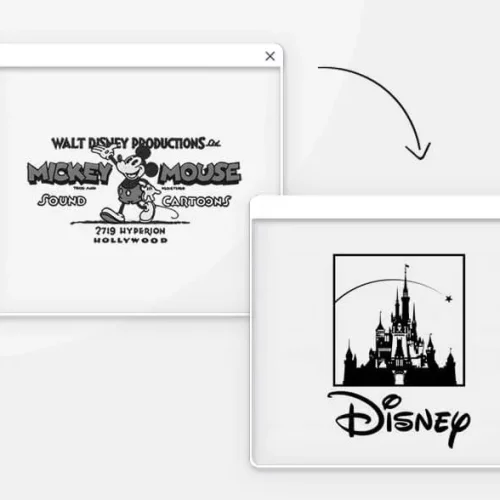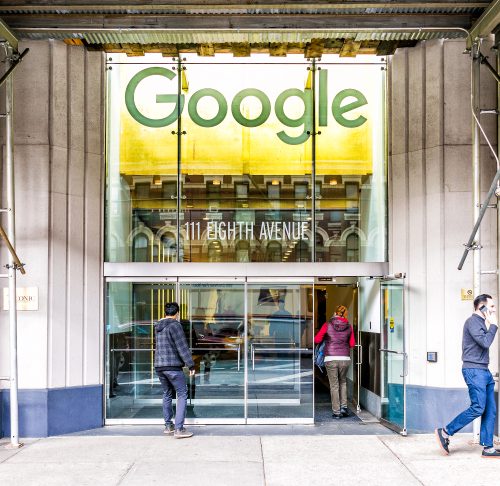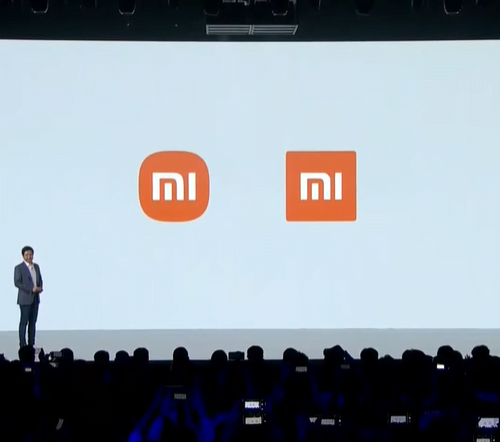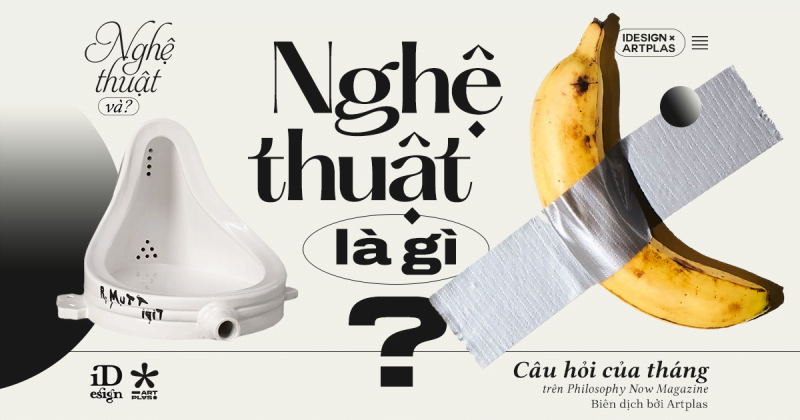
“What is art? What is beauty?” became the “Question of the Month” in the 108th issue of Philosophy Now, published in June/July 2015. This is probably the same question that most of us have a hard time giving an exact answer to. . Many interesting comments were made by readers of Philosophy Now. Let’s take a look at the answers selected by the magazine for readers right below!
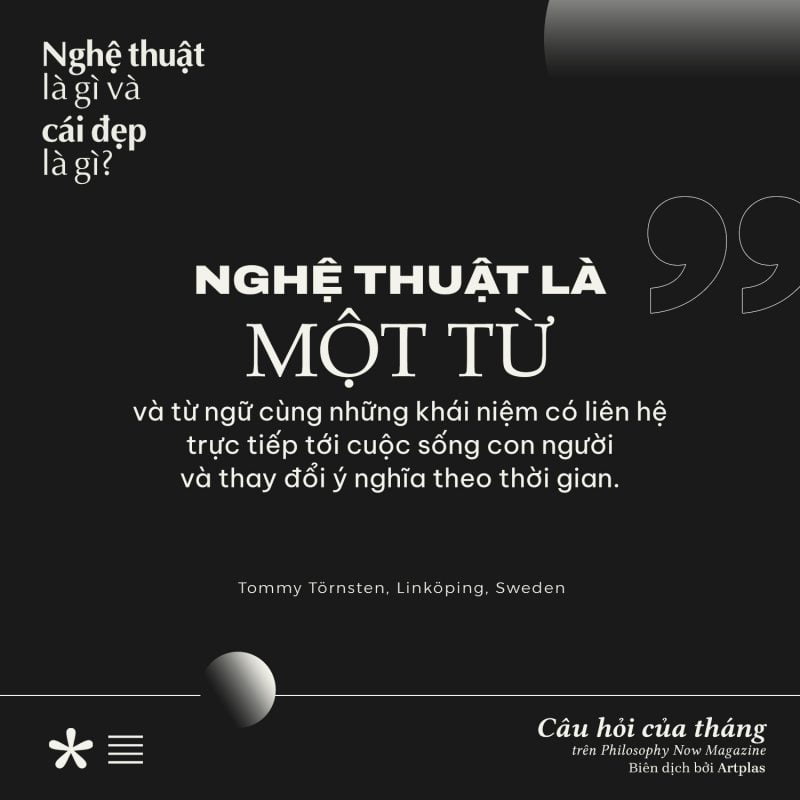
First, we must acknowledge an obvious fact: “Art” is a word, and words and concepts are directly related to human life and change meaning over time. It can be seen that, in the past, art was synonymous with craft. It’s a category that you can become proficient at through practice and hard work. People learn how to draw, sculpt, and learn about symbols specific to the era in which they live.
After Romanticism appeared, with it the birth of individualism, art was defined by originality. Creating something new and unheard of before is what helps define what an artist is. The personality of the artist becomes as important as the work of art itself.
In the days of Modernism, the search for originality made artists begin to re-evaluate art. What can art do? What can art represent? Can we use painting to create a new school (Cubism, or Futurism)? Can we use painting to represent the immaterial (Abstract Expressionism)? Basically: is anything considered art?
The way to try to answer this question is not just to evaluate the work of art itself, but to look beyond, to focus on the world of art: the art that art organizations – artists, critics commentators, art historians, etc. – willing to judge that it is indeed art, and that is brought to the public through such institutions, for example, through exhibitions. That is the expression of Institutionalism – famous through the ready-made works of Marcel Duchamp.
Institutionalism popularized the concept of art most commonly during the second half of the twentieth century, at least in academia, and arguably still largely determines our current views. about art. An example can be seen in the works of Swedish artist Anna Odell. In the scene of her movie Unknown woman 2009-349701, there is a part where she pretends to be a deranged patient to be treated in a mental hospital. The scene was controversial on a large scale, and many people did not consider it art at all. But it is precisely because of the debate by the art community that the work successfully penetrates the art world, and is now considered a work of art and Odell has been recognized as an artist. real doctor.
Of course, there are still elements who try to escape the dominance of Institutionalism, for example by refusing to be governed by the implicit laws of the art world. Andy Warhol and his Factory are an example, although he is now fully embraced by the art community. The next example is Damien Hirst, who, quite similar to Warhol, paid others to be a tangible representation of his ideas. He does not use galleries or internationally recognized art arenas to promote his work, but instead sells his work directly to individuals. This liberal approach to capitalism is a form of attack on the hegemony that already exists in the art world.
So what does all of this teach us about art? That is to say, art is a temporary and impermanent concept. Art has always existed in human life, but mainly, we will only be able to understand art when we look at it for ourselves in the times we live in.
Theo Tommy Törnsten, Linköping, Sweden
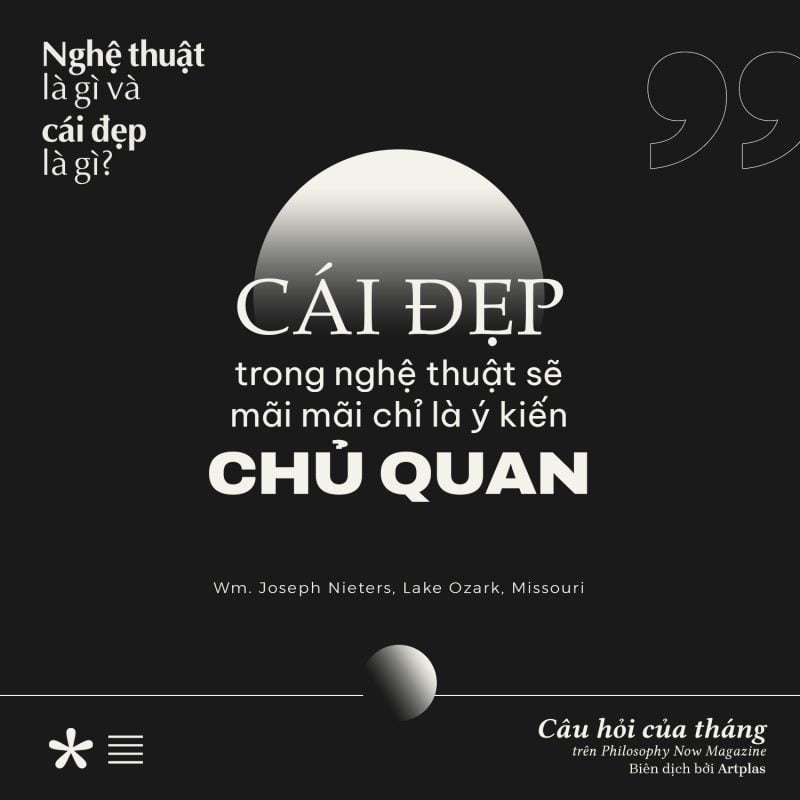
Art is an action that we do, it is a verb. Art is the expression of our thoughts, feelings, intuitions and desires, but more personal than that: art is about sharing how people experience the world, for many people, that It’s how they reveal a part of their personality. It is also the transmission of intimate concepts that are difficult to accurately describe in words. And since words alone are not enough, we must find another means of conveying our intentions. But the content that we put into that media is not art in nature. Art is how we use that medium, how the content is expressed out, through the medium we have chosen.
Then what is beauty? Beauty is not only about external beauty: true beauty is not only about being beautiful. There are dozens of beautiful paintings out there at neighborhood furnishing stores; but that is not really considered “beautiful”; and it’s not hard to find works of art that represent things that we all agree are beautiful, but not necessarily pretty. More precisely, “beauty” is a measure of influence, a measure of emotion. In art, “beauty” is the epitome of success in connecting the people involved in the art creation process – the transmission of artistic concepts between the artist and the viewer. A beautiful work of art will be one that succeeds in portraying the deepest emotions that the artist wants to express, the concepts they wanted to convey, whether they were beautiful and bright or dark and brutal. But in the end, neither the artist nor the viewer can be sure of the success of conveying that message. So beauty in art will forever be just a subjective opinion.
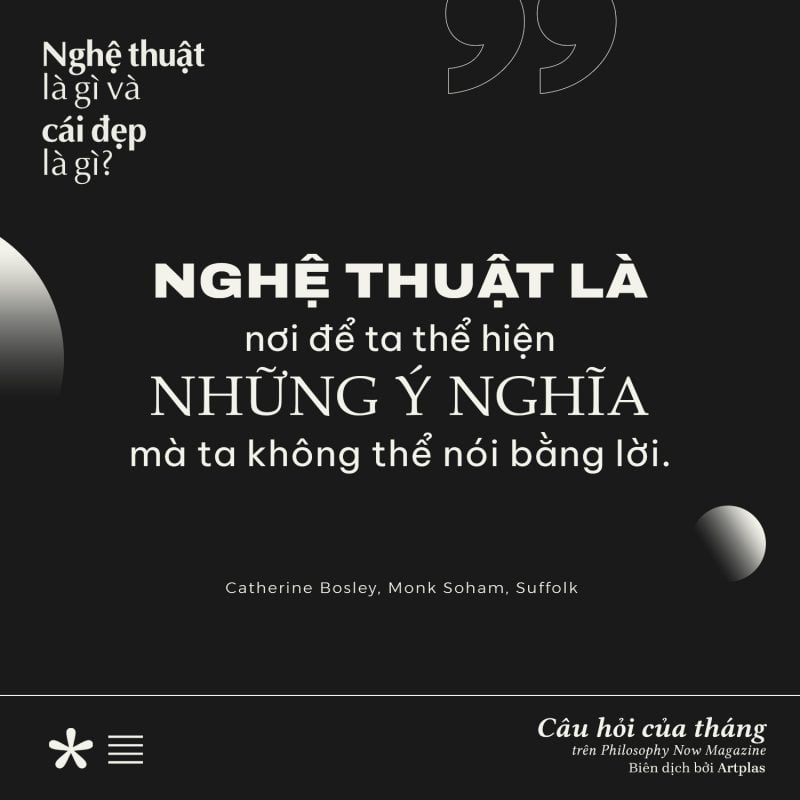
“Art” is a place where we express meanings that cannot be expressed in words. Art is an activity that creates meaning through intelligence and sophistication, eliciting a response according to the viewer’s aesthetic. It is a means of communication when words are no longer enough to explain or describe the content that the work wants to convey. Art can translate what we see and understand what has never been said before. Because what art shows and evokes in the viewer is difficult to determine exactly, it is also difficult to define or distinguish what is art. Art can only be understood through the viewer’s experience as well as the artist’s intention and expression. The meaning of art is created by all those involved in the making of art, therefore can never be fully understood. It is varied and continuous. Even a disagreement is a pressure on art, and that in itself is telling us something.
Art promotes the growth of a civilization, both helping to strengthen society and preventing messages of regime change from being silenced — the art of guiding, reflecting, and exposing political and moral changes. Art plays a central role in the constitution of culture, and is the source of ideas and ideas that are rooted in culture, so it cannot be fully understood if taken out of context. . Anyway, there is a paradox that art can communicate across language and time barriers, capture the attention of people in general, and link different communities. Perhaps, if a large audience participates in interacting with various traditional arts around the world, surely art can help to increase tolerance between people and respect. of people together.
Another aspect that cannot be ignored is that art is also a commodity. This promotes the process of artistic creation, whether it becomes an incentive for the artist to create works of economic value, or avoids creating them, or actively commercializes an aesthetic experience. The commercialization of art also affects who is considered qualified to create art, to comment on art, or even to appraise, as those who benefit most from art strive to keep high value for a “work of art”. These influences contribute to the advancement of a culture’s understanding of the arts at any time, and thus make thinking about art more culture-dependent.
Nevertheless, the commercialization of art and the tightly controlled role of art critics has also fueled a subculture of protest in the art world, often expressed in the opinion of that works of art are not created for commercial purposes. The stratification of art based on the value and pressure that art receives also contributes to the increased meaning of the work, and the meaning of art in general in society.
Theo Catherine Bosley, Monk Soham, Suffolk
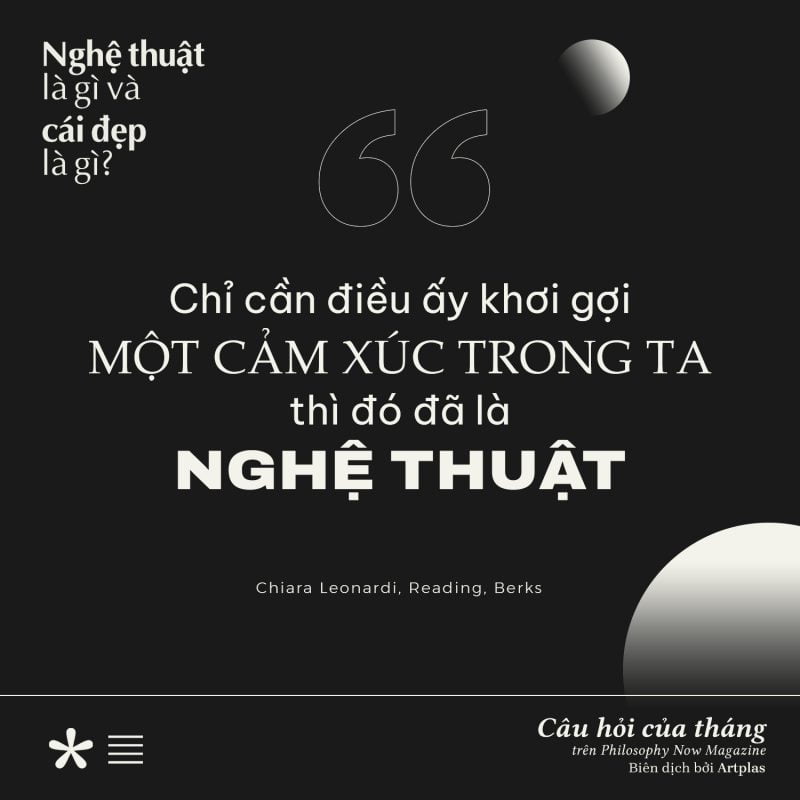
The basic difference between art and beauty is, art focuses mainly on its creator, whereas beauty is determined by the person looking at it.
Of course, there are many different standards of beauty, when we talk about so-called “traditional” beauty. Game-changers – eccentrics, so to speak – are people who have looked at standards of beauty and then decided to go against them, perhaps just to prove their point. self. Picasso, Munch, Schoenberg are three examples. They have expressed a personal stance that goes against traditional standards in their art. If not, then their art is just like everyone else’s: the only function it brings to life is for people to experience, appreciate, and understand (or not).
Art is a means of expressing a point of view or feeling, or for creating a new perspective on the world, whether inspired by the work of others or created entirely new. “Beauty” is any aspect of art, or anything, that makes an individual feel positive and happy. “Beauty” alone is not art, but art can be made of beautiful things, of beautiful things, or of beautiful things. One can see “beauty” in a snow-covered mountain landscape; The art in the photograph that captures that scene that we show our family, in the oil painting depicting that scene hanging in the exhibition, or the music that reproduces it through the black and white notes.
After all, art doesn’t have to be positive: it can intentionally hurt or upset people; can make you think about things you wouldn’t normally think about. But as long as it evokes an emotion in you, that’s art.
Theo Chiara Leonardi, Reading, Berks
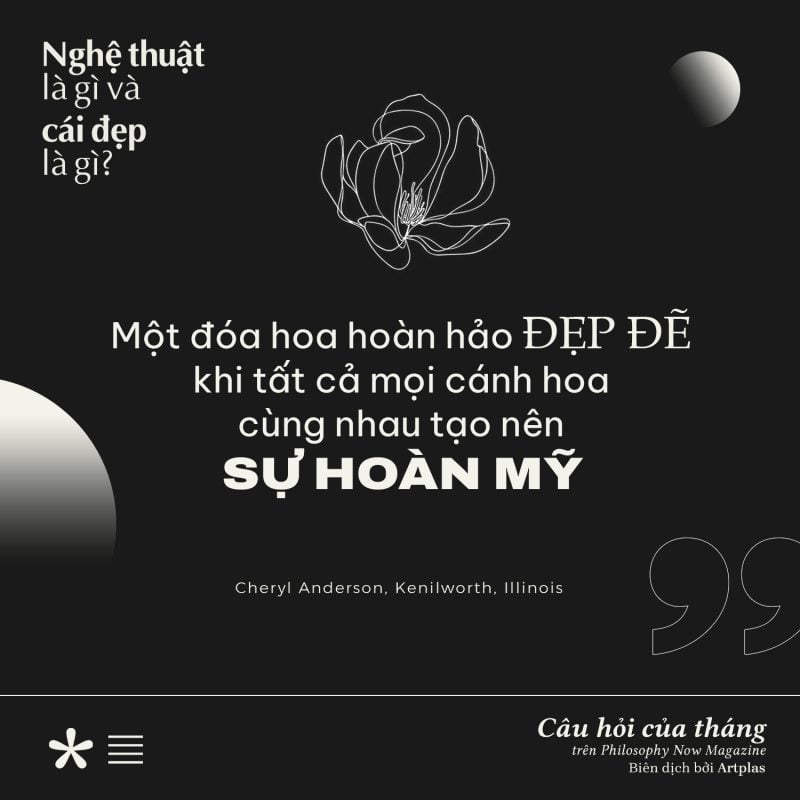
What we think is beautiful can never make us uncomfortable. That is a personal opinion, a very subjective opinion. A memory from a time when we had to stare at something so beautiful, a sight so beautiful that it touched all of our senses or just our sight, a moment that will follow us for the rest of our lives. can’t forget. I will never forget the moment I walked into Balzac’s house in France: the scent of lily was so overwhelming that it made me numb for a second. The overwhelming emotions cannot be put into words. It doesn’t matter to me to argue why I see that flower, that painting, that sunset or the way the rays of light that shine through the stained-glass windows are beautiful. The power of those scenes created a sensation in my heart. I don’t expect or worry if anyone agrees with me.
Something beautiful is seen as a whole: all the details work together to create it. Just a simple brushstroke on the picture does not make us feel affected by the beauty, but all the details next to each other, create that beauty. A perfect flower is beautiful when all the petals come together to make it perfect; A pleasant, intoxicating scent is also part of it.
To think about the question “What is beauty?”, I can only answer that I am the one to decide it. In other words, my own assessment of beautiful things that make my heart flutter is all I need to know.
Theo Cheryl Anderson, Kenilworth, Illinois

